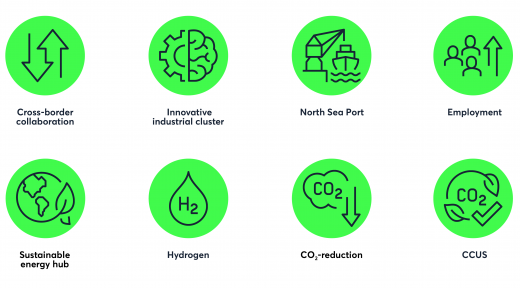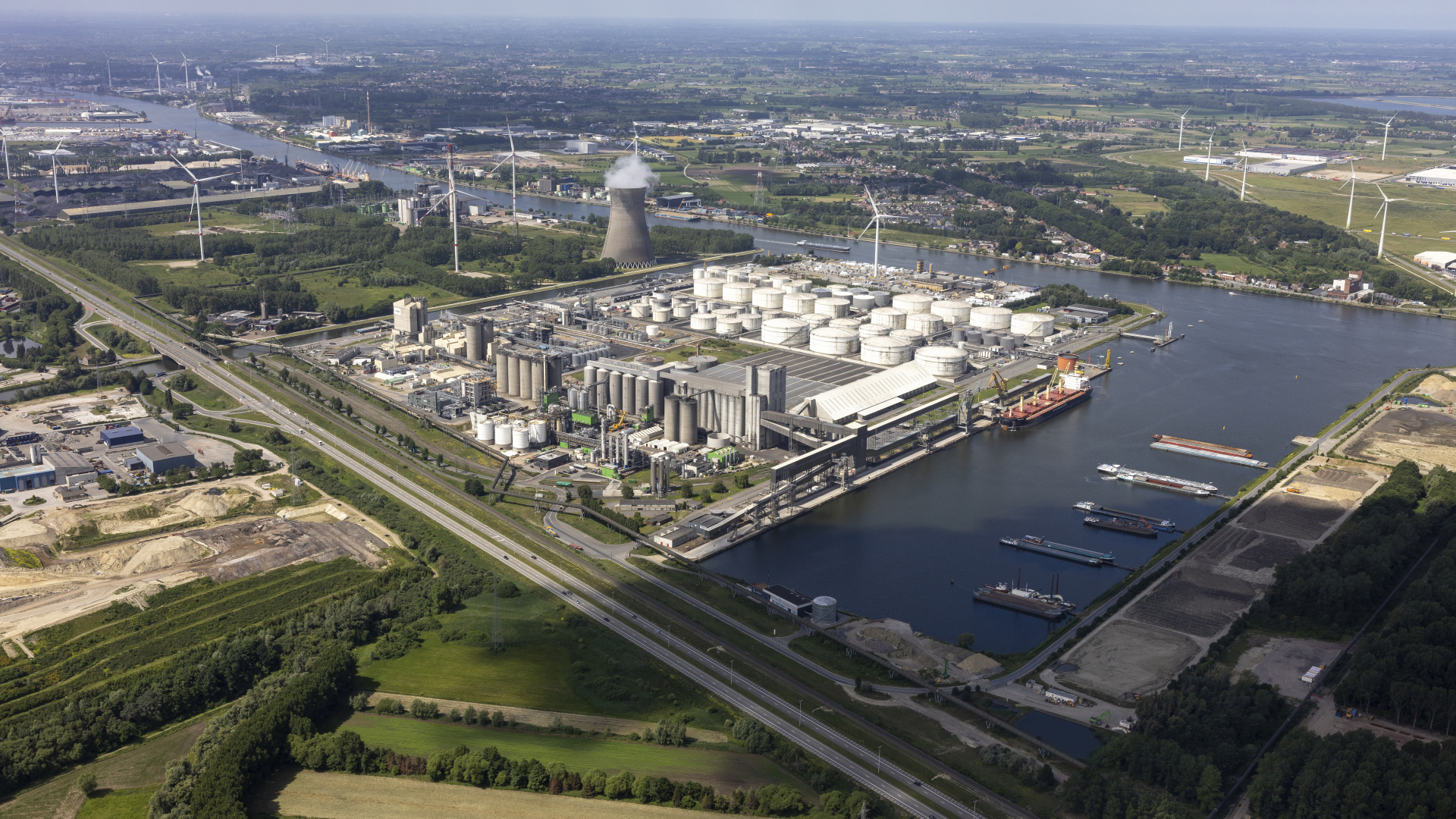Economic importance
The cluster is closely connected to the North Sea Port area and, with a combined added value of €12.7 billion and 100.000 jobs, serves as a key economic driver for the region.
Innovative industries and their essential products
The industries in the Scheldt Delta region are diverse and complementary. They rank among the world's top innovators in sectors such as automotive, chemicals, energy, food, fertilizers, logistics, offshore, refining and steel.
Thanks to these companies and their innovations, we can live and work comfortably, eat healthily and travel.
These industries supply raw materials, materials, fuels, energy and products we rely on every day. Think of cement, plastics, metals, fertilizers, packaging, electricity, toothbrushes, mattresses, food, medicines, parts for smartphones, cars, building materials, and even the asphalt for our roads.
These valuable resources and products are produced and processed within our region, enhancing the self-sufficiency of our countries. Moreover, they are exported globally, strengthening the Dutch and Belgian economies and contributing to long-term prosperity. Finally, the industry provides employment and social cohesion in the region. These are social and economic benefits that we do not want to lose.
Hence our commitment to bring together economic and climate interests. Across national borders, but also across the boundaries of sectors, processes and technologies.
Step by step, we are evolving together towards a future-proof industry.
Unique strengths of the Scheldt Deltaregion
- An innovative, highly diverse port and industrial cluster
- Strategic importance: production of essential raw materials and products
- Leading European port, North Sea Port (3rd largest in Europe), with an added value of €12.7 billion
- Employment: more than 100.000 jobs
- Strong cross-border cooperation between Flanders and the Netherlands
- Logistics hub of international importance
- Pioneer in the energy transition (CO₂ reduction, CCUS technologies, and hydrogen production

These strengths make the Schelde Delta Region a unique area where economy, innovation, and sustainability come together.
Thanks to strong cooperation and the strategic location around North Sea Port, the region is not only a driving force for the economy, but also an example of how businesses and governments work together towards a sustainable future.

